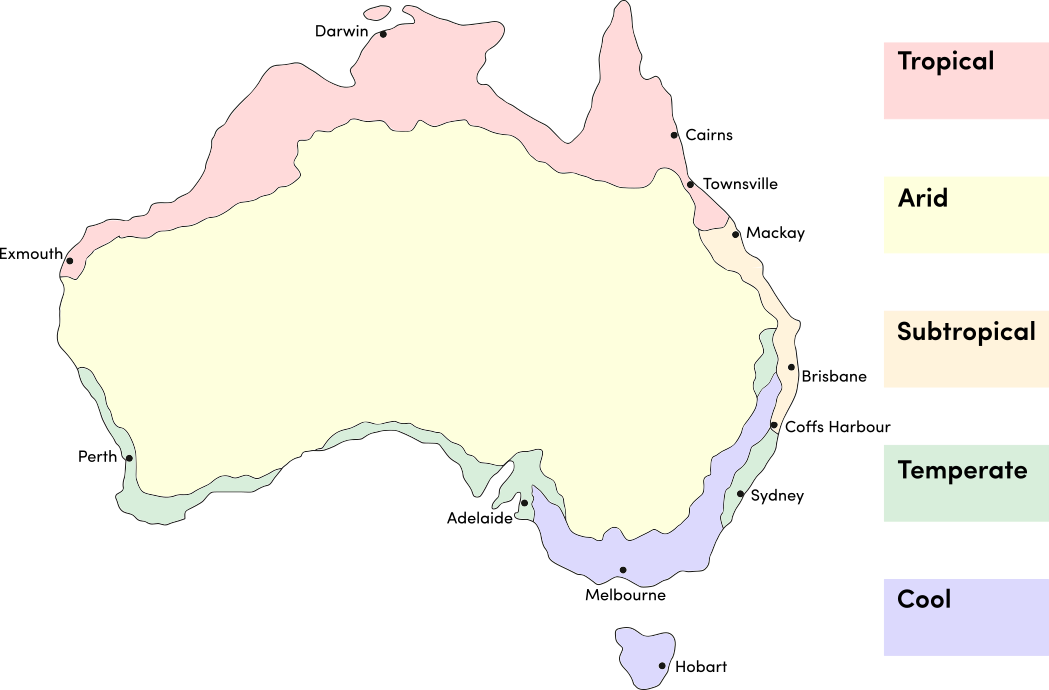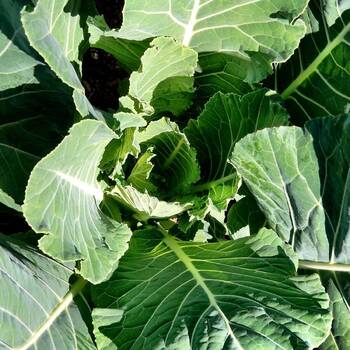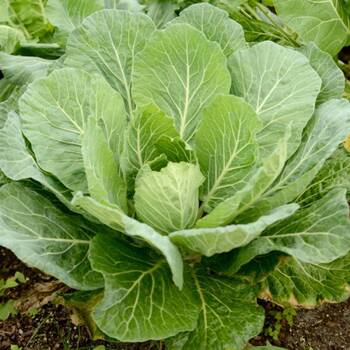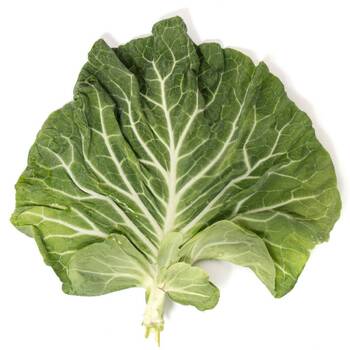Collards Seeds_
Guides
-
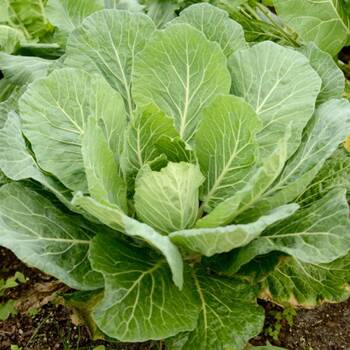
How to Grow Collards Seeds
A comprehensive guide on how to grow Collards Seeds; including soil preparation and position, when and how to sow, when and how to harvest and common pests and diseases. View guide.
-
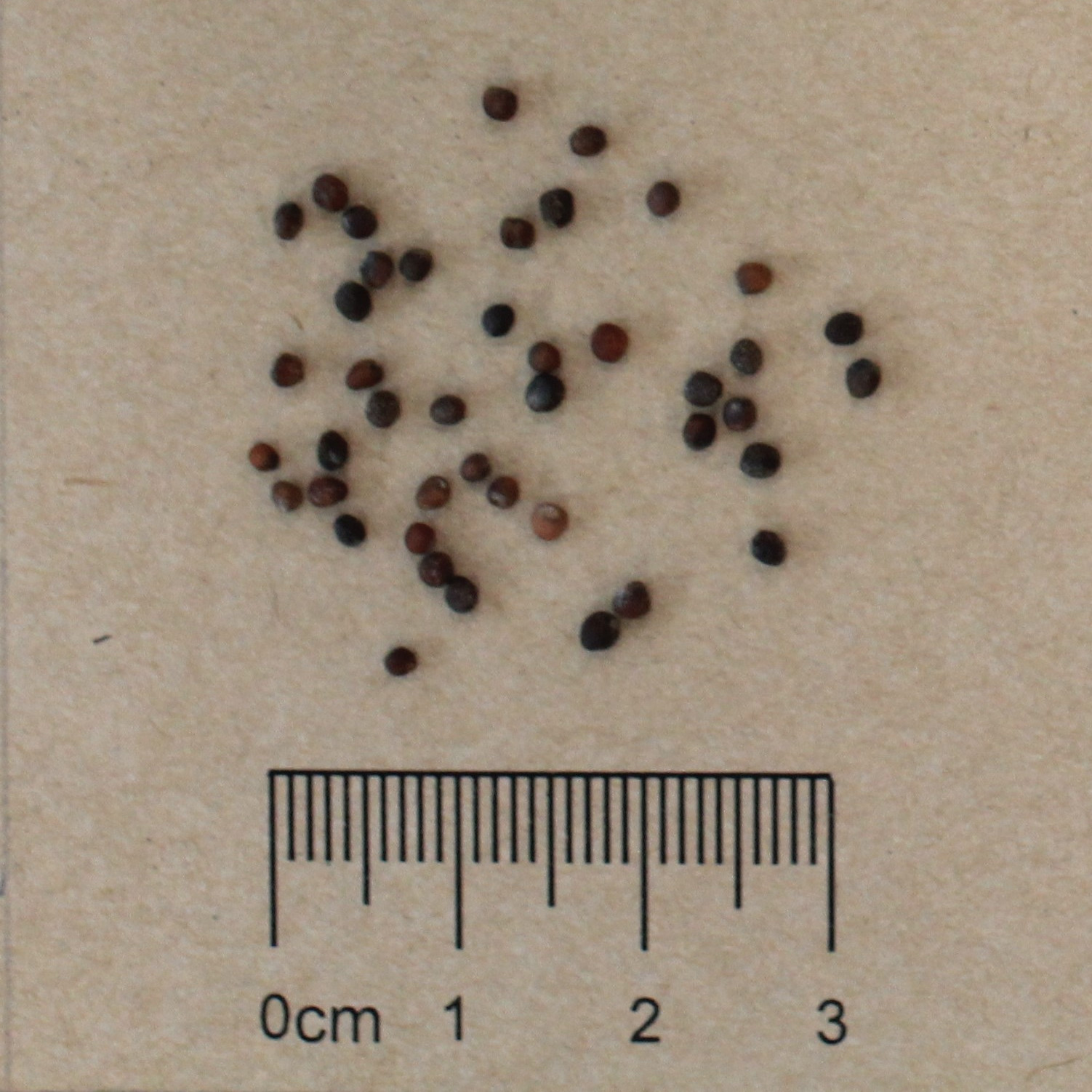
Seed Saving Guide: Collards (Brassica oleracea)
A guide on how to save Collards seeds; including pollination type, isolation distance, when to harvest and best cleaning methods. View guide.
More Related Content
-
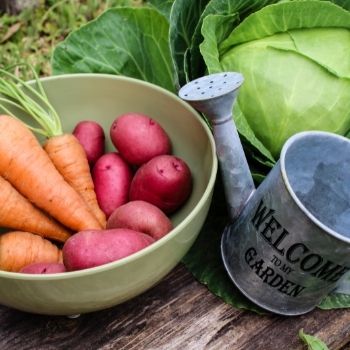
Low-Maintenance Vegetable Gardening - Homegrown Produce Without the Hassle
Not all veggies need hand-holding and constant encouragement. This article explains how to use low-maintenance plant varieties and techniques to fit vegetable growing into a busy schedule. Read article.
-
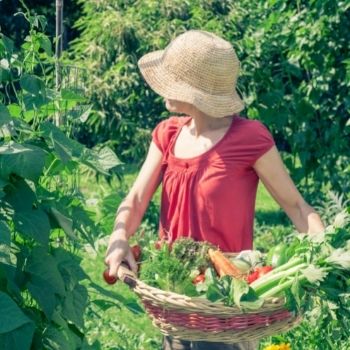
High-Yield Vegetables - How to Get the Most from Your Veggie Patch
It may be great fun to experiment with growing unusual crop varieties, but if your harvest is a disappointment it can quickly make gardening a chore rather than a pleasure. This article describes ten productive plants all veggie growers should consider. Read article.
-
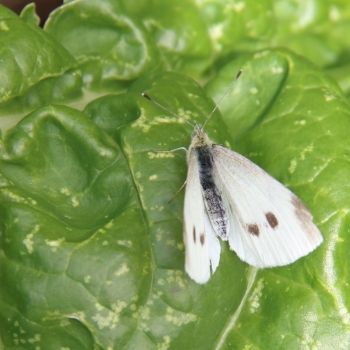
A Veggie Gardener's Guide to Cabbage Moths, Butterflies, and Caterpillars
The larvae of cabbage moths can lay waste to your carefully cultivated brassicas in a few short days. This article explains how to protect your patch against these voracious pests. Read article.
-
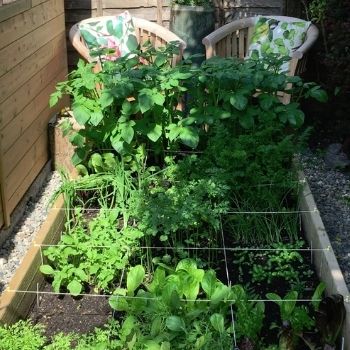
A Beginner's Guide to Veggie Growing in a Shady Garden
It's rare for a garden to bask in full sun all day long, thanks to shadows cast by trees, walls, or buildings. But that doesn't mean you can't grow anything edible. With a little planning, you can still enjoy useful veggie produce even in the shade. Read article.
-
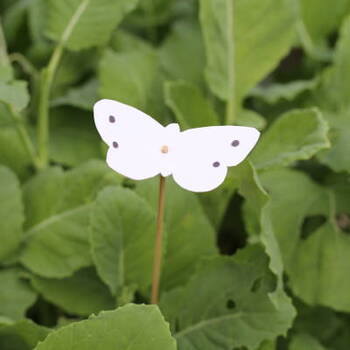
How to Make Homemade Cabbage Moth Decoys
Cabbage moths are one of the most destructive pests in a veggie patch. This short guide shows how to deter them with inexpensive but effective homemade cabbage moth decoys. Read article.
-
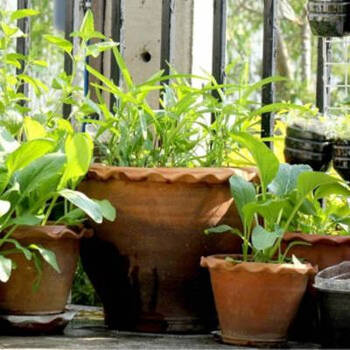
Small Space Gardening: Yes, You Can Grow Your Own Food
Don’t let having a small area stop you from increasing your self-sufficiency and enjoying some healthy, homegrown produce. Here are some tips to get you started growing vegetables in small spaces. Read article.
-
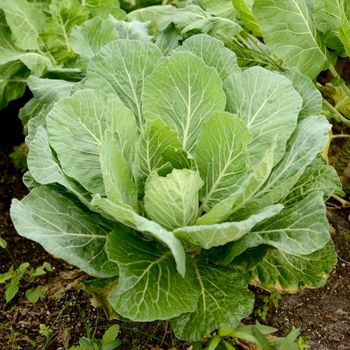
All About Collards
Collards is a delicious and nutritious leafy green vegetable that is a staple in Southern style American cooking and features in cuisines around the world. Here’s what you need to know to sow, grow and cook collard greens. Read article.

